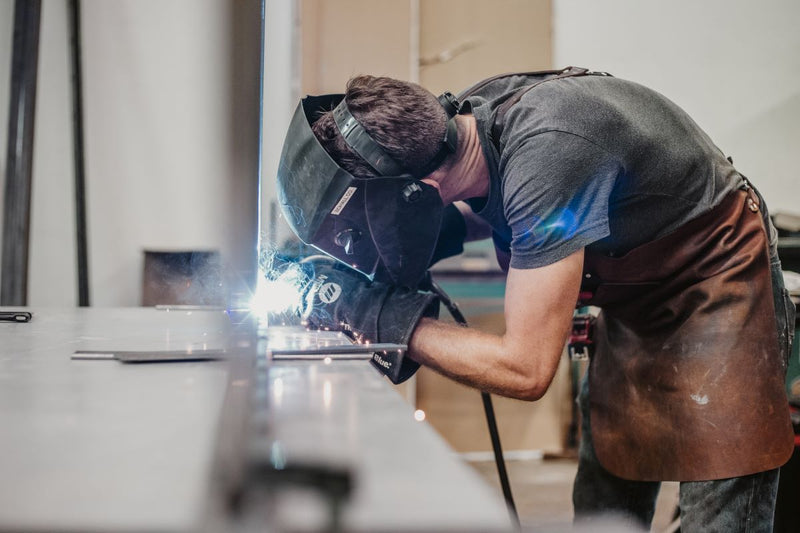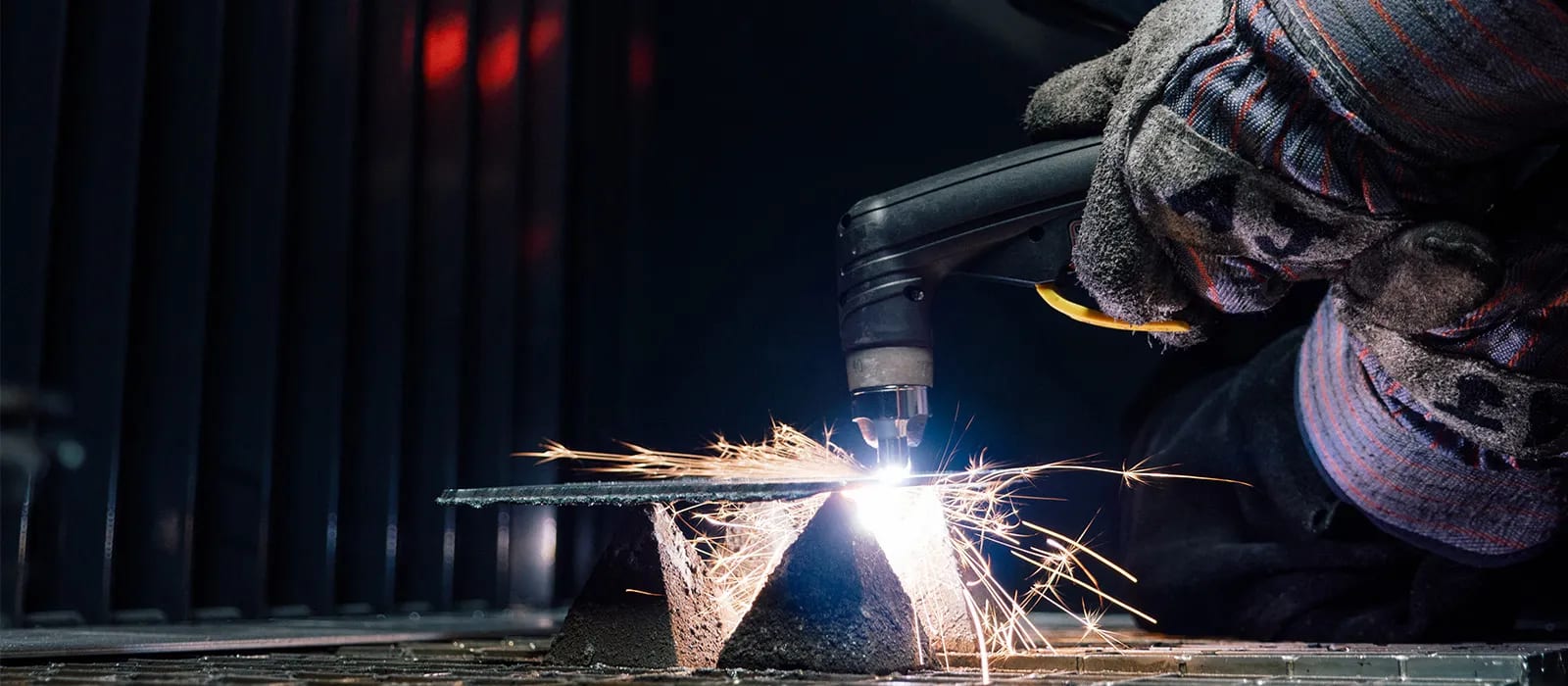Grasping the Art of Welding: How to Prevent Undercut Welding Issues for Flawless Manufacture Outcomes
By recognizing the origin causes of undercut welding and carrying out efficient methods to prevent it, welders can boost their craft to brand-new degrees of quality. In the search of remarkable construction outcomes, understanding the art of welding to prevent undercut issues is not just an ability however a requirement for those striving for excellence in their work.
Recognizing Undercut Welding

To stop undercut welding, welders need to make sure correct welding specifications, such as adjusting the existing, voltage, travel rate, and maintaining the appropriate electrode angle. Additionally, utilizing the appropriate welding method for the details joint configuration is crucial. Utilizing weaving activities or backstepping techniques can assist ensure appropriate weld steel deposition and lower the probability of undercut formation. Normal inspection of welds during and after the welding procedure is also important to catch any undercut early and make essential adjustments to avoid more problems. Preventing weld undercut. By comprehending the reasons for undercut welding and implementing precautionary actions, welders can achieve premium, structurally audio welds.
Sources Of Undercut in Welding
Understanding the factors that contribute to damage in welding is crucial for welders to generate top notch, structurally sound welds. Insufficient welding current or incorrect welding speed can additionally contribute to damage. Comprehending these reasons and implementing correct welding techniques can assist avoid damaging problems, guaranteeing sturdy and strong welds.
Methods to avoid Undercutting

To reduce the risk of undercutting in welding, welders can use critical welding strategies intended at improving the top quality and stability of the weld joints. Furthermore, using the appropriate welding technique for the specific joint arrangement, such as weave or stringer grains, can add to minimizing undercutting.
Moreover, appropriate joint preparation, consisting of ensuring tidy base products devoid of contaminants and making use of the ideal welding consumables, is crucial in protecting against undercut issues. Utilizing back-step welding techniques and regulating the weld grain profile can likewise help disperse warm equally and decrease the danger of undercut. Routine inspection of the weld joint throughout and after welding, in addition to implementing top quality assurance measures, can assist in resolving and finding damaging problems without delay. By implementing these strategies vigilantly, welders can attain remarkable manufacture read this article results with minimal undercut issues.
Importance of Appropriate Welding Criteria
Picking and maintaining suitable welding parameters is necessary for achieving effective welds with minimal problems. Welding specifications describe variables such as voltage, existing, take a trip speed, electrode angle, and securing gas flow rate that directly affect the welding procedure. These criteria need to be carefully adjusted based on the kind of material being welded, its thickness, and the welding method article utilized.
Appropriate welding criteria make certain the correct amount of warmth is applied to thaw the base steels and filler product evenly. If the criteria are set too expensive, it can lead to excessive heat input, causing spatter, distortion, or burn-through. On the other hand, if the criteria are as well low, incomplete fusion, absence of infiltration, or damaging might happen.
Quality Control in Welding Operations

Verdict
Finally, grasping the art of welding requires a thorough understanding of undercut welding, its reasons, and strategies to stop it. By making sure proper welding criteria and carrying out quality guarantee methods, perfect fabrication outcomes can be achieved. It is crucial for welders to constantly strive for quality in their welding procedures to stay clear of undercut issues and generate top notch welds.
Undercut welding, a common problem in welding processes, happens when the weld steel doesn't properly fill up the groove and leaves a groove or clinical depression along the bonded joint.To avoid undercut welding, welders must ensure appropriate welding parameters, such as changing the present, voltage, travel rate, and maintaining the right electrode angle. Poor welding inaccurate or current welding speed can additionally contribute to undercut.To alleviate the danger of damaging in welding, welders can employ calculated welding strategies aimed at improving the top quality and stability of the weld joints.In verdict, mastering the art of welding needs a thorough understanding of undercut welding, its causes, and methods to stop it.